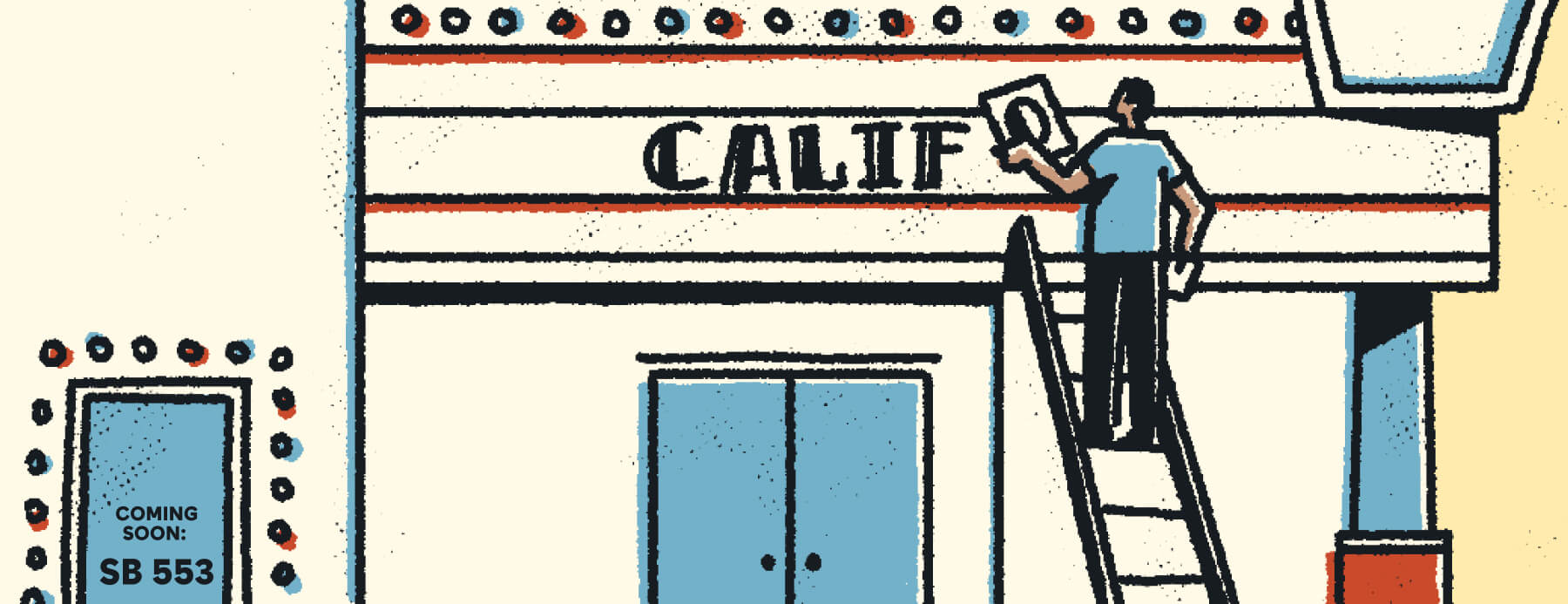The past few years created the perfect set of circumstances for many U.S. employees to shift into freelance roles. Independent contractors have become increasingly important to both businesses and the U.S. economy. These roles have quickly and progressively morphed, and congress has debated different regulations as it tries to keep up with them.
Now, it looks like the debate is (finally) over! On March 11, 2024 the U.S. Department of Labor (DOL) independent contractor rule will formally address what exactly makes one an independent contractor, as opposed to an employee under the Fair Labor Standards Act (FLSA).
If, after so many changes and iterations, you’re feeling a bit confused about what’s going into this final rule, you’re not alone! Wondering how the new final rule will affect your business? Ethena is here to help you sift through the law’s requirements so you understand how this new final rule may impact you.
What is the DOL Independent Contractor Rule?
The DOL has gone back and forth since 2021 on what exactly counts as an “independent contractor” (or self-employed worker, freelancer, etc.). The previous proposed rule used a five-factor test that started with two "core factors", which, if inconclusive, would turn to three "guidepost factors". Weighing these five factors would enable a business to conclude whether a worker was in business for themself as an independent contractor, or if they qualified for employee status.
On January 9, 2024, the DOL published a final rule that redefines an independent contractor under the FLSA. Now, according to the DOL, “the term ‘independent contractor’ refers to workers who, as a matter of economic reality, are not economically dependent on an employer for work and are in business for themselves.” The goal is to create a more consistent approach to working with independent contractors and help to curb employee misclassification. Any worker who doesn’t meet the new requirements is entitled to employee benefits, such as minimum wage and overtime pay.

How does the DOL now qualify an employee vs. an independent contractor under the new rule?
The 2024 independent contractor rule provides guidance on what qualifies as an employee vs. independent contractor through a “totality-of-the-circumstances analysis.” The new analysis is based on six factors, which are supposed to provide a more consistent guide for both employers and workers.
The new rule’s six nonexhaustive factors are:
- Opportunity for profit or loss depending on managerial skill (e.g., is the worker’s ability to gain or lose profit based on their own business judgment, or that of an employer?)
- Investments by the worker and the potential employer (e.g., is the worker investing their own money for equipment, training, and other things needed to successfully do the job?)
- Degree of permanence of the work relationship (e.g., is the work timeline set, continuous, or indefinite? Is it an exclusive contract?)
- Nature and degree of control over the work (e.g., does the employer or worker control the work and how it is performed?)
- Extent to which the work performed is an integral part of the potential employer’s business (e.g., is the work that is being done an “integral part of the employer’s business”?)
- Skill and initiative (e.g., does the worker already possess the skills needed to perform the task? Or does the task require training that needs to be provided by the employer?)
However, these six-factors are not set in stone. The new rule states that additional factors that determine “economic dependence” can also be taken into consideration for classification in business and court.
Who does the DOL Independent Contractor Rule impact?
As a new federal law, the independent contractor rule will impact all U.S. businesses. But if you’re trying to determine exactly which ones will need to make changes, it might feel, well, ambiguous. The final rule is meant to benefit both employees and independent contractors and protect them from being taken advantage of by a business or employer. Because of this, businesses may be inclined to err on the side of caution to protect themselves from the ramifications of misclassification.
The new six-factored test doesn’t replace tests that are already in place at the state level. Arizona, California, Illinois, New Jersey, and Massachusetts already have their own requirements and tests in place to determine worker status and contractor/business relationships, and employers in those states must continue to comply with applicable state laws. The final rule also won’t replace independent contractor tests and definitions used by the National Labor Relations Board and other agencies.
What does your business need to do to comply?
The new independent contractor rule goes into effect at the federal level on March 11, 2024. The best way to ensure compliance is by reviewing the steps you need to take. Perform an internal audit or partner with your company’s in-house legal team to update relevant policies and procedures, and determine whether your existing independent contractor agreements meet the updated requirements.

How Ethena can help
You’ve probably heard that at Ethena, we’re big advocates for compliance training. The introduction of the new final rule on worker classification is a great time to refresh your training for your managers, especially as they navigate changing relationships. In fact, Ethena's Management Essentials course is a great first step to getting your managers on the same page.
And, if you have new employees officially joining your company under the final rule’s delineation, get them off to a great start by filling them in on what it means to be a part of the team! Ethena’s Harassment Prevention training covers topics from bias to bullying, so new workers have a good idea of what creates a positive workplace culture.
At Ethena, we engage learners through fun, topical, and cringe-free content. Ready to see why Ethena has received over 1 million pieces of positive feedback? Request a demo of our training today.









